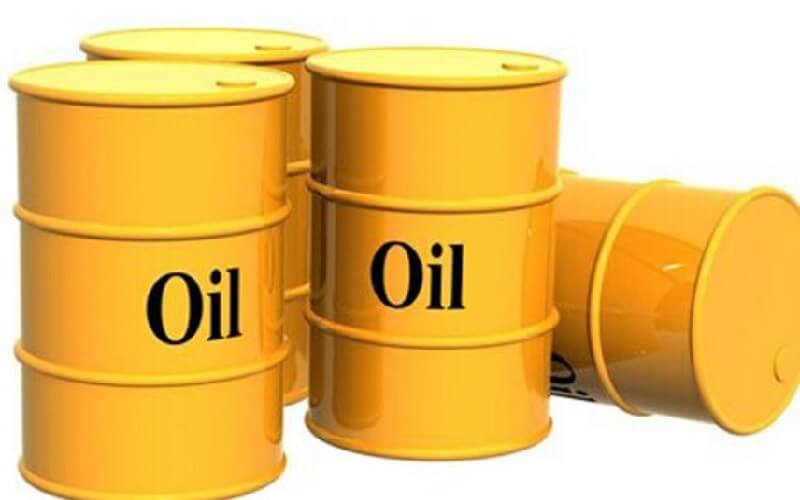
U.S. crude exports should jump this year, driven by robust demand from customers in Europe and Asia, analysts and traders said on Wednesday at an energy conference in Houston.
Exports could reach 1.5 million barrels per day (bpd) this year, up about 45 percent over last year, on rising refining and petrochemical demand for U.S. light sweet crudes, according to consultancy Energy Aspects.
“The second half of the year is when (oil) production growth overwhelms,” said Amrita Sen, co-founder and chief oil analyst at Energy Aspects. “Gulf Coast exports will be strong,” she said in remarks at the Argus Americas Crude Summit.
Greater integration between refining and petrochemical operations is one driver of demand for the nation’s oil, she said. Another is specification changes in refined fuels, such as the International Maritime Organization’s sulfur reduction mandate for marine fuels, according to Sen.
“We are going to be inundated with light crude, yet we still see a decent bet (demand) for light crudes globally,” she said.
The United States exported an average of 1.037 million bpd from January through October last year, according to the most recent data from the U.S. Energy Information Administration. Exports in 2016 were 591,000 bpd.
Unipec plans to trade up to 300,000 bpd of U.S. crude oil by the end of this year, about triple its trading volume last year, the president of the Chinese trading company said.
An arm of oil refiner Sinopec, Unipec currently trades about 200,000 bpd of U.S. crude, President Chen Bo told reporters at the conference.
The Americas could replace Africa by 2020 as Asia’s second-largest oil supplier, behind the Middle East, Bo said, with U.S. crude prices now considered competitive with West African and North Sea grades.
West Texas Intermediate crude at Houston is expected to become the Americas’ most important crude benchmark replacing WTI Cushing in trading, according to Bo, because the Houston price better reflects export demand.
“We fully understand we need a new benchmark for pricing American crude oil for export to Asia and other areas,” he said.
Trading company Trafigura [TRAFGF.UL] expects some infrastructure constraints to limit the growth in U.S. crude export capacity even if production keeps growing, according to Corey Prologo, head of oil trading for North America.
Prologo said despite higher crude prices he does not expect global demand to ease this year and world inventories will keep declining.
At higher sustained prices, “we will see demand destruction, but with $65-$70 (per barrel of) oil we haven’t seen that yet,” he said.
The Organization of the Petroleum Exporting Countries (OPEC)should continue to abide by its recently extended oil output cut, he added.
Source: Reuters